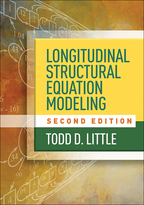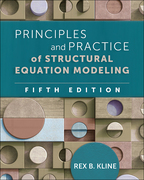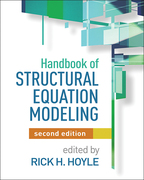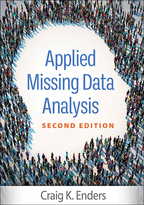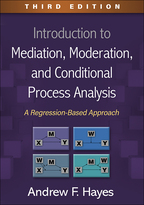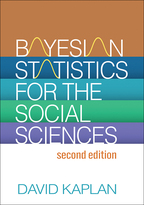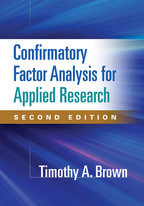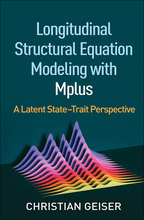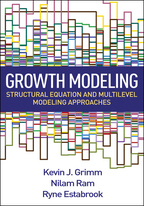Longitudinal Structural Equation Modeling
Second Edition
Todd D. Little
Foreword by Noel A. Card
Hardcovere-bookprint + e-book
Hardcover
orderJanuary 2, 2024
ISBN 9781462553143
Price: $89.00 616 Pages
Size: 7" x 10"
This valuable book is now in a fully updated second edition that presents the latest developments in longitudinal structural equation modeling (SEM) and new chapters on missing data, the random intercepts cross-lagged panel model (RI-CLPM), longitudinal mixture modeling, and Bayesian SEM. Emphasizing a decision-making approach, leading methodologist Todd D. Little describes the steps of modeling a longitudinal change process. He explains the big picture and technical how-tos of using longitudinal confirmatory factor analysis, longitudinal panel models, and hybrid models for analyzing within-person change. User-friendly features include equation boxes that translate all the elements in every equation, tips on what does and doesn't work, end-of-chapter glossaries, and annotated suggestions for further reading. The companion website provides data sets for the examples—including studies of bullying and victimization, adolescents' emotions, and healthy aging—along with syntax and output, chapter quizzes, and the book’s figures.
New to This Edition:
New to This Edition:
- Chapter on missing data, with a spotlight on planned missing data designs and the R-based package PcAux.
- Chapter on longitudinal mixture modeling, with Whitney Moore.
- Chapter on the random intercept cross-lagged panel model (RI-CLPM), with Danny Osborne.
- Chapter on Bayesian SEM, with Mauricio Garnier.
- Revised throughout with new developments and discussions, such as how to test models of experimental effects.
This title is part of the Methodology in the Social Sciences Series, edited by Todd D. Little, PhD.

